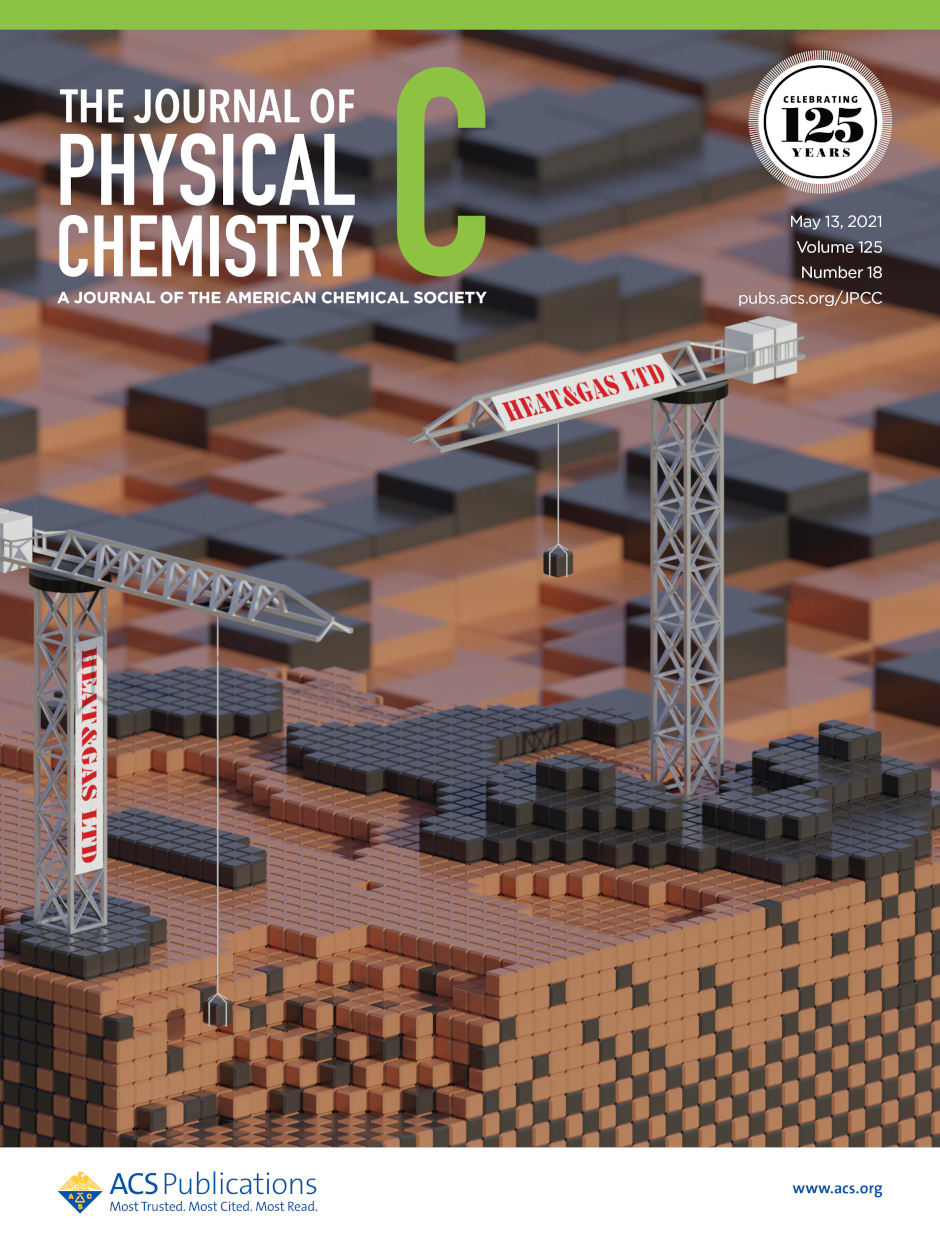Nanoscopic surface decomposition of Pr0.5Ba0.5CoO3-δ perovskites turns performance descriptors ambiguous
2021-05-19 | Tomáš Duchoň
10.1021/acs.jpcc.1c00976
10.1021/acs.jpcc.1c00976
Electronic structure represents the complete information about solid state. Over the course of the 20th century, we have gained many tools that can access the electronic structure to a varying degree of detail. The information these tools provide is a valuable input into materials design and has been, with great success, utilized across a breadth of fields, spanning electronic devices, chemical conversion, bio-interfaces, and many others. To facilitate the successful information transfer, the input is often translated into so-called descriptors. In this context, a descriptor is a feature in the electronic structure associated with a material property that is sought after. While such descriptors are, without doubt, useful, a care has to be taken to identify their limitation in order to harness their full potential. In our recent paper, we establish one such limitation in the domain of length scales. Specifically, we show that the descriptor has to be accessed at a length scale that corresponds to the application in question. The conclusion might seem trivial, but its importance is emphasized by the fact that the majority of experimental probes of electronic structure lack spatial resolution and average over micrometer-type length scales, while most applications utilize effects occurring at the nanoscale. We showcase the issue via a nanoscopic surface decomposition of a bulk-stable perovskite PBCO, which renders the often used eg electron descriptor ambiguous. The paper is featured on the cover of the current issue of the Journal of Physical Chemistry C.
